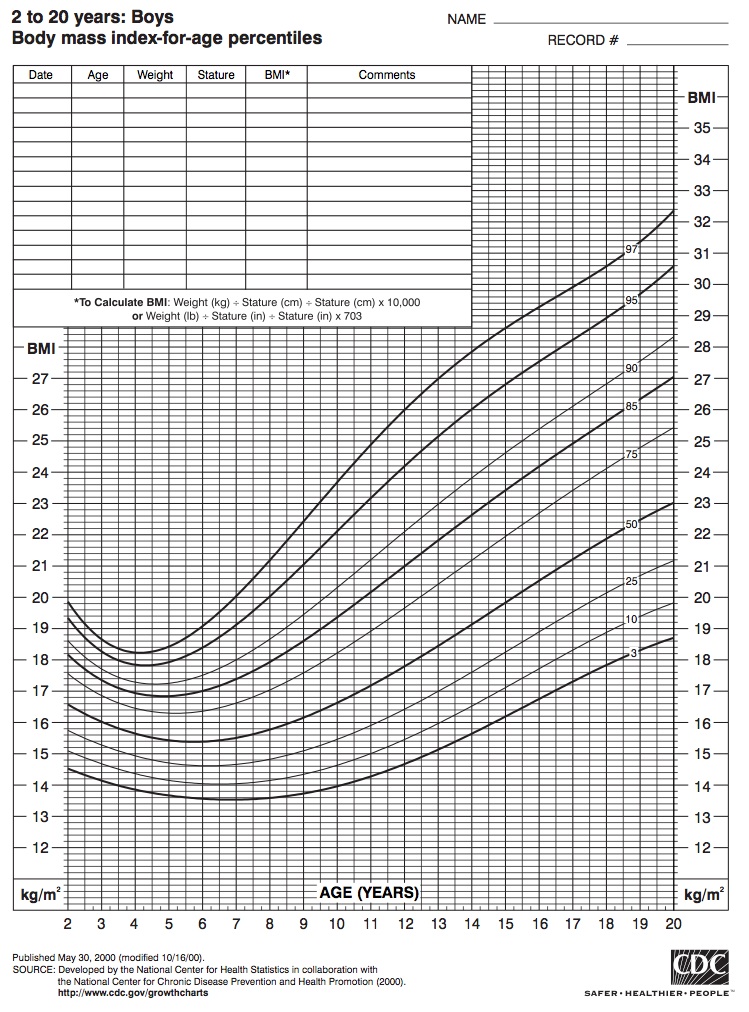
The greater your BMI, the higher your risk of developing health problems related to excess weight. Therefore, it is used by many primary care doctors to identify obesity. It can also be calculated for weight in pounds and height in inches.īody mass index is closely related to body fat percentage but is much easier to measure. It is defined as weight in kilograms divided by height in meters squared (kg/m2). People with muscular builds may be classified as obese, even with a low bodyfat percentage and optimum health, simply because the BMI formula uses only two data points.ĭoctors and researchers use the BMI formula to screen for obesity, but not to diagnose it, as the BMI is a relatively blunt instrument. If your results from the calculator aren't in the healthy range, don't worry too much. This BMI calculator allows you to easily screen yourself for obesity or extra, unhealthy weight. The body mass index (BMI) is used to assess your weight relative to your height. View your BMI number at the center of the tool and see where you fall on the obesity chart.īMI values are based on clinical data about averages for these measurements across a wide swath of people.Set the height and weight dials to match your own height and weight.Use the switch on top to pick either metric or imperial measurements.The default BMI of 16.6 shown on the tool is for a 5'5" person who weighs 100 lbs.Taking those healthy weight gain numbers into account, if she gained 35 pounds during pregnancy she should lose about 20 to 25 pounds a short time after giving birth, leaving her postpartum weight at about 150 pounds or about 10 pounds over her healthy body weight. She’d reach 150 pounds by the end of the second trimester and about 160 to 165 pounds by the end of her pregnancy. By the end of the first trimester, she should have weighed about 144 pounds. The 5’4” woman who weighed 140 pounds at pregnancy was on the edge of being in the overweight category. You can use these numbers to calculate your BMI. That increases to 0.5 pounds per week in the second trimester (about two pounds per month) and one pound per week (about four pounds per month) by the third trimester. During the first trimester, you should be gaining about one pound per month. If you want to know how your BMI is holding during pregnancy, subtract the weight of pregnancy from your body weight before calculating BMI.
#BMI CALCULATOR INCHES AND POUNDS HOW TO#
How to calculate your BMI during pregnancy Even women who gain the lower end of the spectrum will have a BMI that measures in the overweight range at birth. The BMI change will occur for every pregnant woman.

If you are of normal weight when you conceive and you eat healthy, exercise and gain the recommended 25 to 35 pounds, you are having a healthy pregnancy. There is little formal research or even mention of pregnancy BMI, other than information for women who are overweight or obese (and underweight) prior to pregnancy. Does the obese BMI during pregnancy increase health risks?įor most women, the majority of weight gain occurs in the third trimester when the baby is growing by leaps and bounds. She did nothing wrong, ate all healthy foods and gained the right amount of weight, but the numbers say she is now obese. If she gained all 35 pounds she would move from a normal to obese, in terms of BMI. Acceptable weight gain for this patient would be up to 35 pounds. If you look at basic numbers, a woman who is 64 inches tall weighing 140 pounds is considered to be a normal weight with a healthy BMI. Much of the science on the matter is clear – women who are overweight or obese when they become pregnant are in the highest risk category, but what about women who start out the pregnancy in the normal BMI range, but end the pregnancy in the obese range?Ĭan a woman move from normal weight to obese in a healthy pregnancy? Pregnancy complications associated with pre-pregnancy obesity may include increased risk of C-section and excessive fetal weight gain. Research studies have proven obesity is a major concern during pregnancy.



 0 kommentar(er)
0 kommentar(er)
